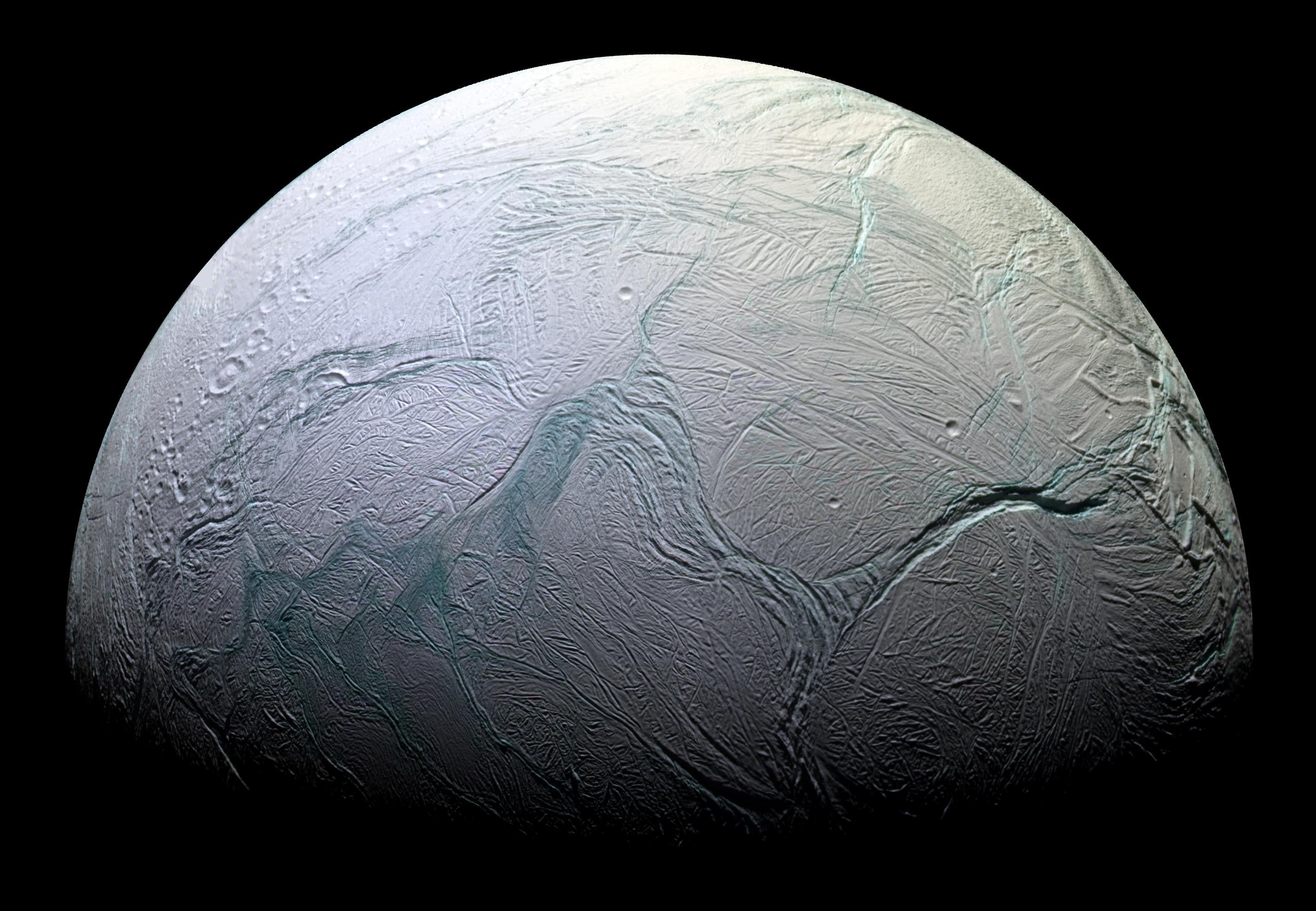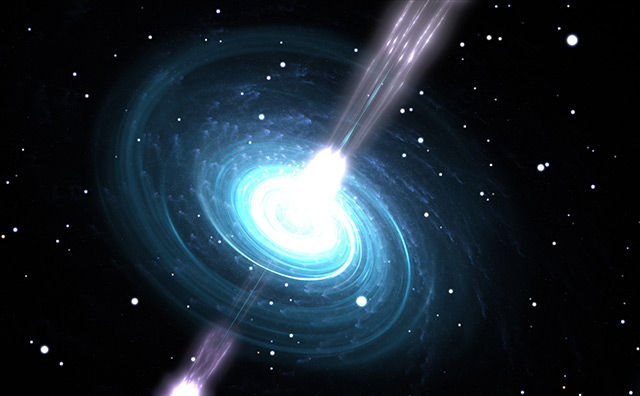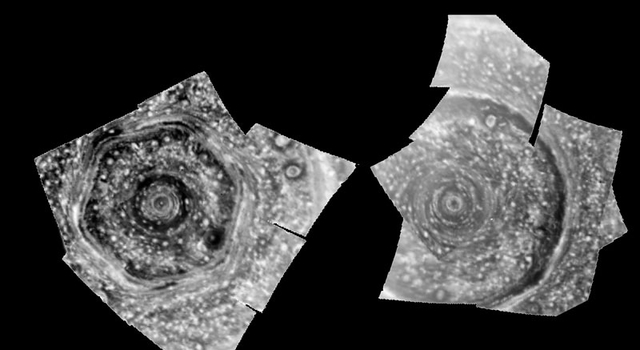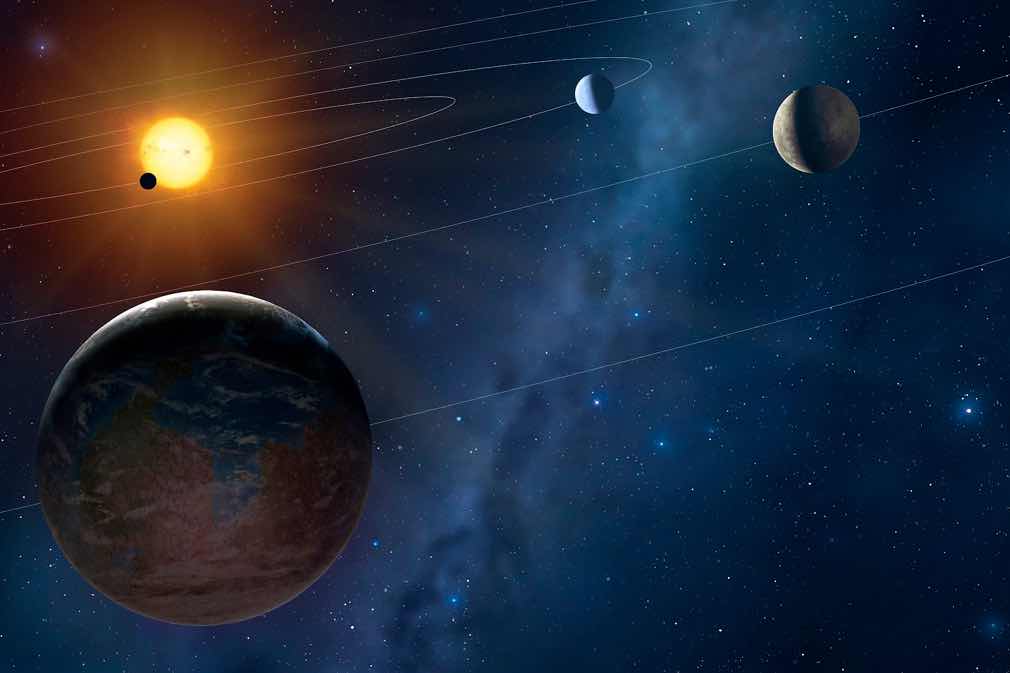Crystallized water could exist in Earth’s lower mantle
04/21/2018 / By Zoey Sky

According to a study, water could be hidden hundreds of miles under the Earth’s surface – but in the form of crystallized water.
While oceans have maximum depths of at least seven miles, water is known to exist well below these levels. In fact, ongoing research is still trying to confirm “[just] how deep this hidden water reaches, and how much of it exists.”
Data from this study posits that water exists even at extreme depths of about 400 miles and maybe even beyond that, such as within Earth’s lower mantle.
Researchers looked into microscopic pockets of a trapped form of crystallized water molecules in a sampling of diamonds from all over the globe. The diamond samples, which came from locations in Africa and China, were analyzed via several techniques.
One such technique included an infrared light at the Department of Energy’s Lawrence Berkeley National Laboratory (Berkeley Lab). The researchers used Berkeley Lab’s Advanced Light Source (ALS), and Argonne National Laboratory’s Advanced Photon Source. The two are research centers known as synchrotron facilities.
The microscopic particles of crystallized water were trapped in spaces called inclusions, and these inclusions are only several few microns (millionths of a meter) long.
The inclusions have the molecular signature of ice VII, and the findings revealed that the crystallized water could have formed from liquid water that existed at very high pressures. (Related: Stunning new discovery: The deadliest volcano in the US is actually cold inside.)
Thanks to data from the structure and chemical studies, the researchers confirmed the pressures and temperatures at which the diamonds formed. These figures were then used to estimate the depths of the diamonds’ formation.
Oliver Tschauner, lead author and professor of research in the Department of Geoscience at the University of Nevada, Las Vegas, shared his surprise that most of the diamonds used in the study’s random sampling seemed to have come from deep within the Earth. He added that the diamonds seem to have originated further than what is called the “transition zone” that lies between the Earth’s upper and lower mantles.
This study adds several diamonds to the 60 that were earlier confirmed to have come from beyond 190 miles.
Tschauner added that most of the diamonds “come from greater depths.” He noted that since in earlier studies people concentrated on the study of larger inclusions, which were “tens of times the size of the ones that were the focus of the latest study,” the much smaller inclusions may have been overlooked.
Researchers concluded that some of the inclusions were probably formed from fluid that exists at depths of 250-340 miles under the Earth’s surface. The rest could have formed at depths of 380-500 miles, or somewhere within Earth’s “shallow” lower mantle.
Tschauner noted that this is “direct evidence for aqueous fluid in the deep Earth.” These deeper diamonds were also likely formed at about 24-25 gigapascals, which is “at least 224 times more pressure than exists at the bottom the ocean’s deepest point in its Mariana Trench.”
Analysis revealed that the composition of the fluid trapped in the inclusions is complex, containing traces of carbonates, oxides, and salt. The researchers determined the chemistry of the fluid in the minuscule inclusions using infrared spectroscopy at the ALS’s Beamline 1.4.
Hans Bechtel, a research scientist in the Scientific Support Group at the ALS, commented that the infrared technique measured vibrational signatures that analyzed chemistry at the microscopic level. Using synchrotron light, the researchers brought the focus down to two to 10 microns in the infrared. They then scanned across each sample to create a “hyperspectral image” which revealed the detailed chemical composition of the crystallized water.
Tschauner acknowledged that while it’s still hard to determine “how much watery fluid exists in Earth’s transition zone and how it’s distributed,” further research on these diamonds would bring them one step closer in the right direction. The studies can also help scientists examine the extent of water “recycling” within the mantle, and how the ocean water reaches into the mantle.
Tschauner shared that he’s currently looking into effective ways of preparing diamond samples for upcoming studies to learn more about their microscopic chemistry. He concluded that research into these diamonds can give experts a chance of getting a glimpse inside the inner Earth, which can hopefully “open new avenues in studies.”
Fast facts on synchrotron light
- Synchrotron light refers to the electromagnetic radiation emitted when electrons, which move “at velocities close to the speed of light,” are made to change direction via a magnetic field. Electromagnetic radiation is then emitted in a narrow cone in a forward direction that is tangential to the electron’s orbit.
- Synchrotron light is unique because of its intensity and brilliance.
- Synchrotron light can also be generated across the range of the electromagnetic spectrum, such as from infrared to x-rays.
You can learn more about other research on fascinating phenomena at Discoveries.news.
Sources include:
Tagged Under: Advanced Photon Source, Chemistry, crystallized water, diamond, discoveries, Earth, earth's lower mantle, Earth's mantle, Earth’s transition zone, energy, geology, inner Earth, materials science, physics, synchrotron, synchrotron facilities, synchrotron light, water, water below Earth, water crystals, weird science




















